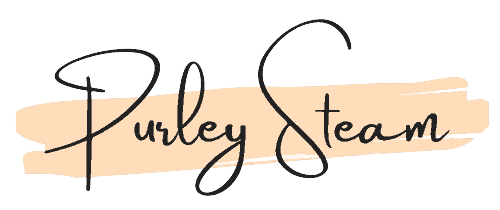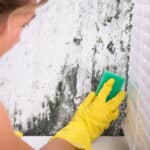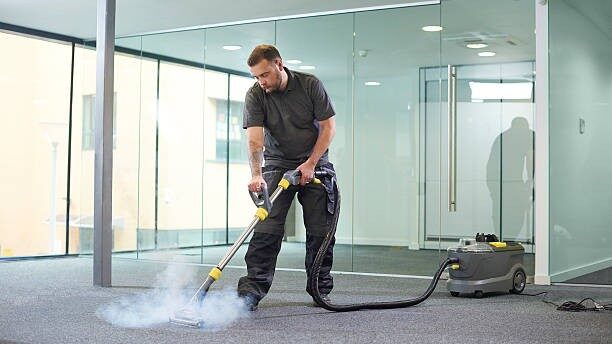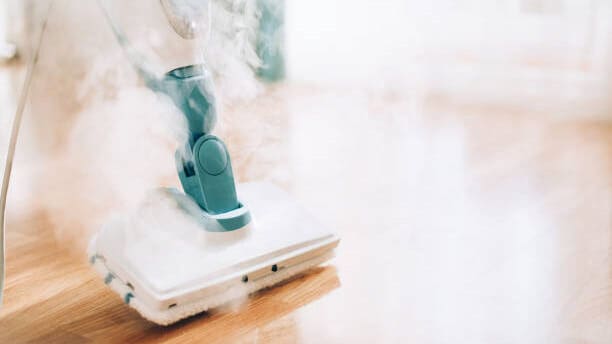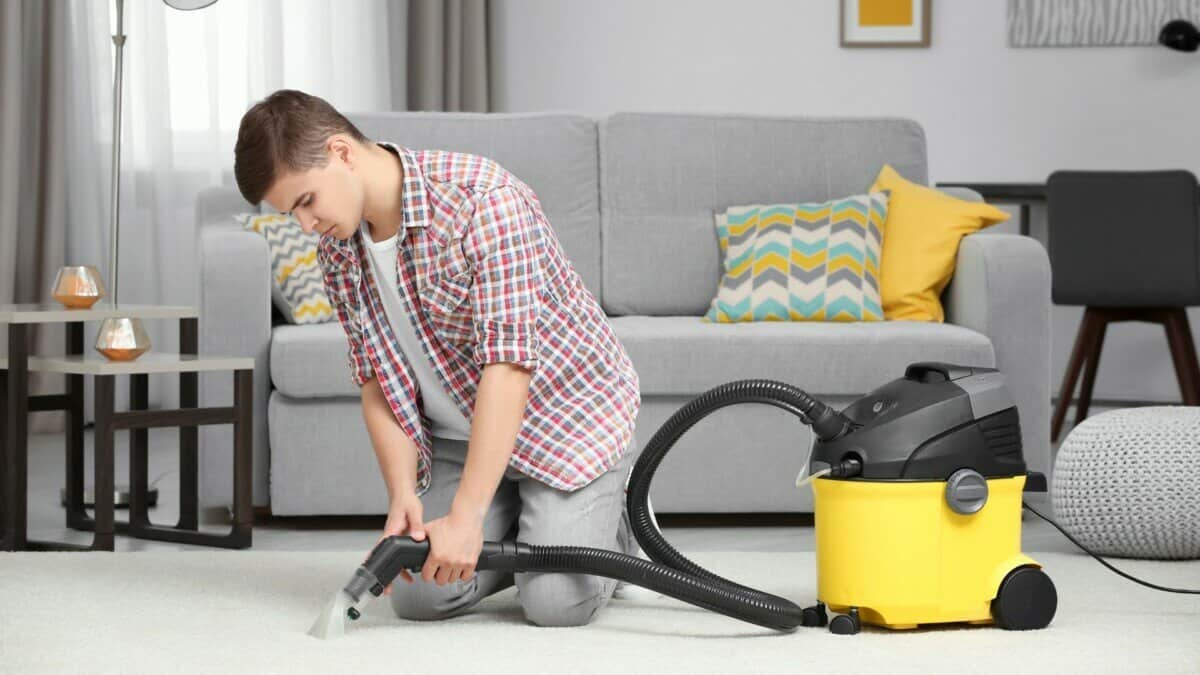Mildew, like mold, has been a homeowner’s nightmare for century’s causing a hideous build-up of fungus, forming a grey and brown fluff on flat surfaces like ceiling and walls.
But what is the best way to clean mildew without damaging your home? And will it prevent it from coming back?
Have you ever considered Steam Cleaning? Steam cleaning is a process of cleaning where water is heated past boiling point converting it into steam and forced out through a nozzle or brush.
The intense heat from the steam tackles dirt deep down in the pores and can destroy harmful bacteria’s that most devices couldn’t.
But can it destroy mildew?
Will Steam Cleaners Remove Mold and Mildew?
Short answer, Yes. Most people stay away from steam cleaning when wanting to remove mildew and mold because both need humid environments caused by steam or sweat to grow.
Mold spores constantly travel through the air and are usually harmless but when they land on damp surfaces in your home, they can begin to grow.
Steam cleaning is a safe and chemical-free way of removing mold and mildew. Most steam cleaners boil water to 140 – 160 Fahrenheit, at this temperature it forms into steam which is then forced out of a nozzle or brush.
It works by going down deep into pores, destroying bacteria build-ups and fungus.
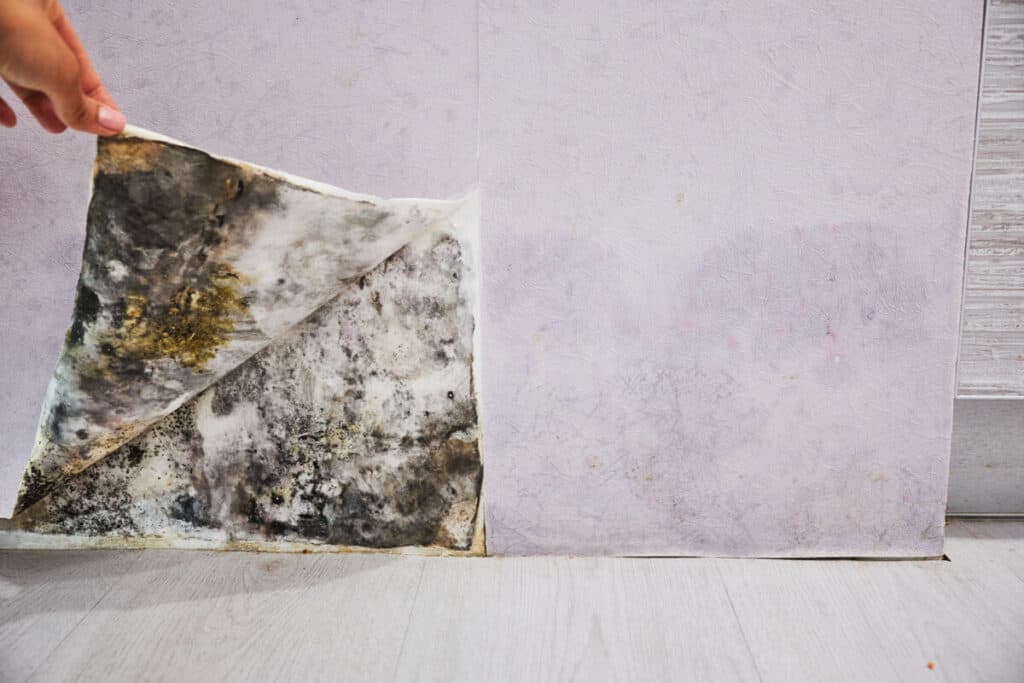
Will Mold Grow After Steam Cleaning While the Surface is Still Wet?
Mold spores constantly travel through the air and landing on surfaces but can only grow in a damp area.
It’s very likely that after steam cleaning some spores may land on your wet, newly cleaned surface. But this will not affect your cleaning process due to your Steam cleaner’s high intense steam produced to remove the fungus deep into the pores.
Steam cleaners get to work instantly, tackling fungus and bacteria build-ups on surfaces. The wet surface it leaves behind can be left to dry over time, but you can wipe away the water particles and it will not affect the cleaning process.
Can Steam Cleaning Remove Mildew from Walls?
The great thing about steam cleaners is that they only need water to clean. It’s an extremely safe product to use on all surfaces.
Many users have said that steam cleaning is a great way to remove tough stains or marks without using any chemicals that may damage surfaces like walls, ceilings, and carpets.
With steam cleaning’s eco-friendly way of cleaning (only using water), people are testing and pushing its boundaries of what it can do.
Many new researchers have said that steam cleaners can now help to remove bed bugs, dust mites, unwanted pests, and even ringworms.
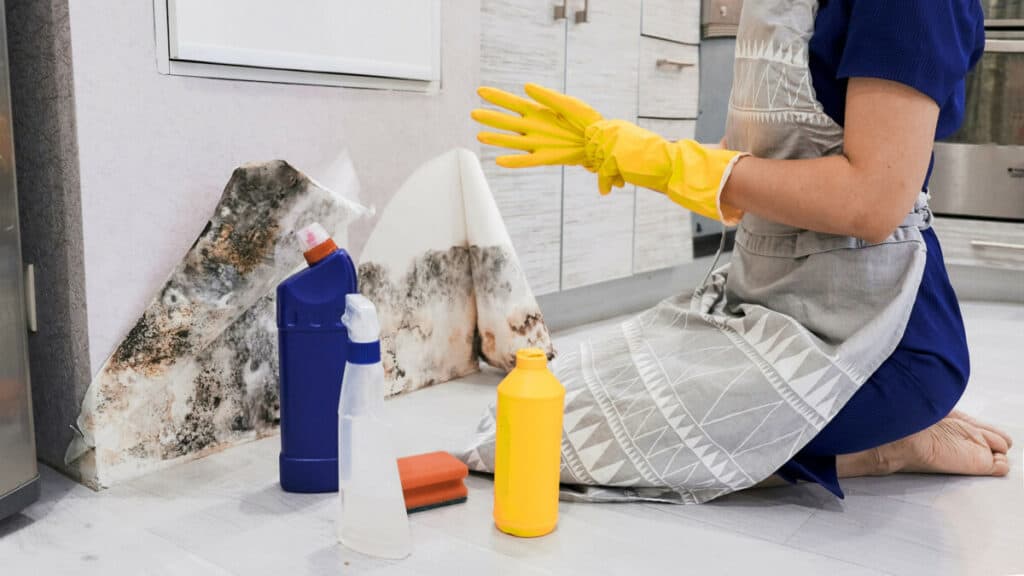
Does Steam Cleaning Destroy Mold Spores in the Air?
While steam cleaning, the high degree of steam produced can help reduce the number of mold spores in the air at the time. Steam cleaning will not completely clear the room of mold spores due to mold spores constantly traveling in the air we breathe.
- Breathing in a low amount of mold spores is not harmful but when formed into the mold on the surface, mold spores can multiply and affect your breathing especially if you suffer from asthma.
A good chemical-free and eco-friendly way of clearing rooms of mold spores is peppermint oil essential cleaning.
- Powerful High-Pressure Steam Cleaner With Easy-To-Press Trigger
- Completely Chemical-Free With No Harmful Fumes Or Residue
- Includes Accessory Nozzle, Extension Hose, Flat Scraping Tool, Grout Brush, Fabric Steamer, Window Squeegee, Angle Concentrator, And Detail Brush
Will Steam Cleaning Damage Painted or Wallpapered Walls?
Short answer, No, steam cleaning does not damage paint or wallpaper when cleaning on surfaces.
When steam cleaning, in the process of removing the mold or mildew from the surface, sometimes damage can be found but this is not done by the steam cleaner. The damage or black spots you see are fungus build-up inside the pores of the surface.
Steam cleaning can be used to help remove damaged wallpaper from walls using the high intense steam to soften the material, making it easier to peel away.
Depending on the wallpaper quality and material, it can be saved with steam cleaners or even a steam iron.
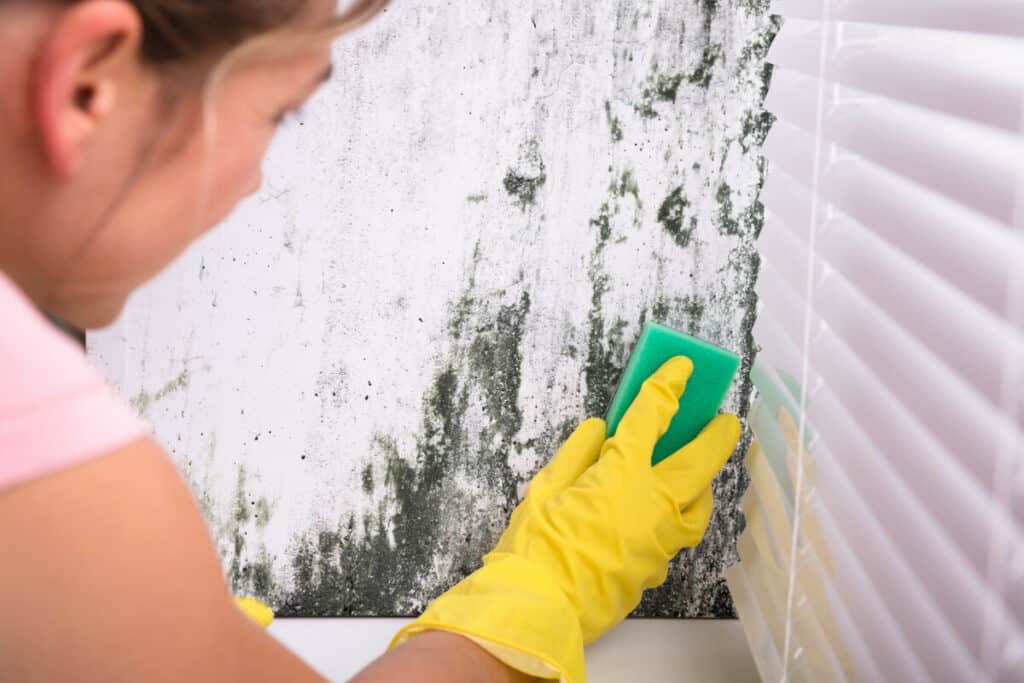
Can Steam Cleaning Prevent Mold and Mildew from Returning?
Steam cleaning can prevent mildew from returning for a short period.
When steam cleaning at high temperatures, the steam destroys all build-ups of bacteria and also clears the air from mold spores.
It will not stop mold spores from returning because they are constantly traveling through the air we breathe.
Long term solutions are:
- On dry days open doors or windows to allow fresh dry air to circulate your home to help remove any humid air.
- Mold is commonly formed from leaks, so check windows regularly to see if they’re letting any rain seep in. Also, check guttering and drainpipes for the same concept.
- Use any built-in extractor fans around your home to help remove humid air where windows can’t.
How Long Does Steam Cleaning Last?
Steam cleaning begins to work on any stain, bacteria, or fungus instantly.
With a steam cleaner and its high degree steam cleaning process, it can destroy up to 99% of bacteria in the first couple of minutes.
Steam cleaning can keep dirt pores clean for up to 2-4 days and take more than a week for dirt pores to be visible to the eye.
This is all dependent on situations and circumstances.
